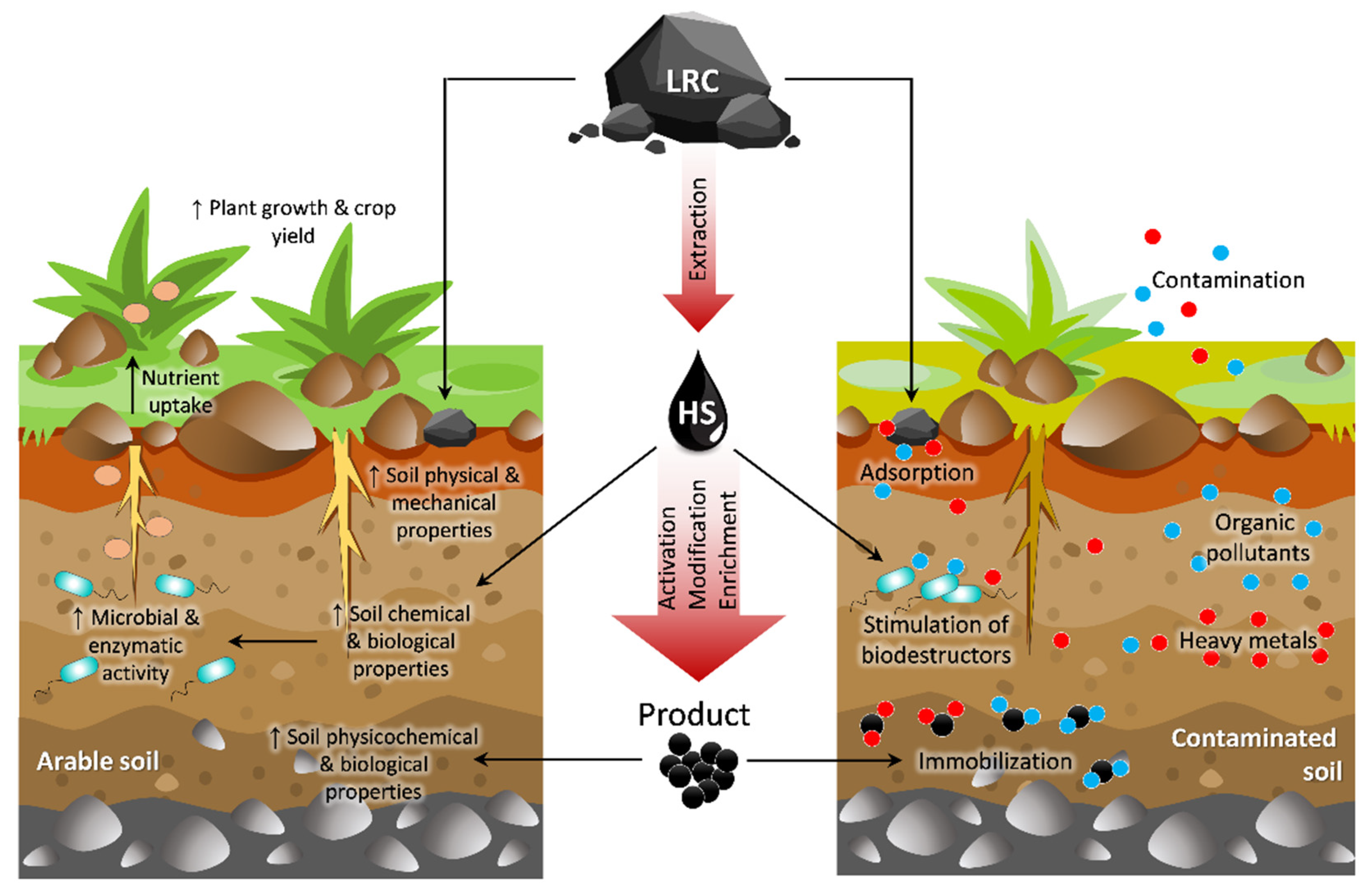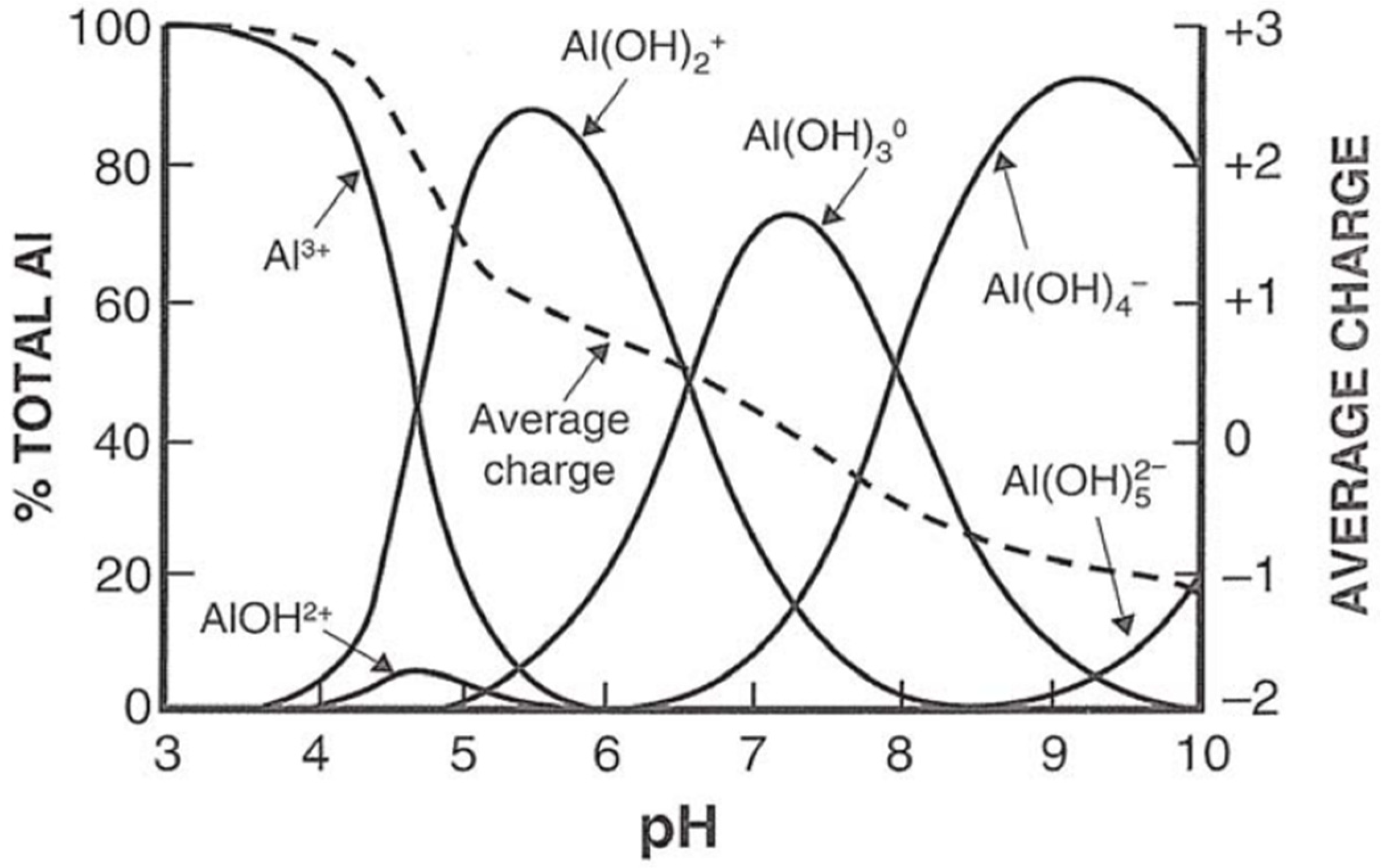How To Improve Your Soil With Calcium Amendments
Introduction
Calcium is an essential nutrient for plant growth. It helps to strengthen cell walls, improve water uptake, and prevent diseases. However, many soils are deficient in calcium. This can lead to problems such as blossom end rot, fruit cracking, and poor root growth.
There are a number of ways to improve your soil's calcium content. In this blog post, we will discuss some of the most effective methods.
Main Content
Calcium Amendments
There are a number of different calcium amendments that you can use to improve your soil. Some of the most common include:
- Lime is a type of calcium carbonate that is often used to raise the pH of acidic soils. It also provides calcium to plants.
- Dolomitic lime is a type of lime that contains both calcium and magnesium. This makes it a good choice for soils that are deficient in both nutrients.
- Eggshells are a natural source of calcium. You can crush eggshells and add them to your soil.
- Gypsum is a type of calcium sulfate that can help to improve soil drainage and aeration. It also provides calcium to plants.
- Bone meal is a type of organic fertilizer that contains calcium. It is a slow-release fertilizer, so it will provide calcium to plants over a long period of time.
How to Apply Calcium Amendments
The best way to apply calcium amendments will depend on the type of amendment you are using and the condition of your soil. However, there are some general guidelines that you can follow:
- Lime should be applied in the fall or early spring. This will give it time to break down and raise the pH of the soil before the growing season begins.
- Dolomitic lime can be applied at any time of year.
- Eggshells can be crushed and added to the soil at any time.
- Gypsum should be applied in the fall or early spring.
- Bone meal can be applied at any time of year.
How Much Calcium to Apply
The amount of calcium you need to apply will depend on the condition of your soil. You can have your soil tested to determine the calcium content. Once you know the calcium content, you can follow the recommendations of your soil test report.
Conclusion
Improving your soil's calcium content is an important step in ensuring the health and productivity of your plants. By following the tips in this blog post, you can easily add calcium to your soil and improve the growth and health of your plants.
Calcium is an essential nutrient for plant growth, and adding calcium to your soil can help to improve the health and productivity of your plants. There are a number of different ways to amend your soil with calcium, including adding lime, eggshells, and dolomite.
If you are not sure how to amend your soil with calcium, or if you need more information about the benefits of calcium for plant growth, I recommend visiting Home Gardening. This website has a wealth of information about calcium soil amendments, including how to choose the right amendment for your soil, how to apply the amendment, and the benefits of adding calcium to your soil.
FAQ of calcium soil amendment
- What is calcium soil amendment?
Calcium soil amendment is a material that is added to soil to increase its calcium content. Calcium is an essential nutrient for plants, and it helps to improve soil structure, water retention, and drainage.
- Why do I need to add calcium to my soil?
There are a few reasons why you might need to add calcium to your soil. If your soil is acidic, adding calcium can help to raise the pH. This is important for some plants, such as blueberries and rhododendrons, which prefer slightly acidic soil. Calcium can also help to improve soil structure, making it easier for water and air to penetrate the soil. This can help to improve plant growth and root development.
- What are some good sources of calcium for soil amendment?
There are a number of good sources of calcium for soil amendment. Some common options include:
* Lime
* Dolomite lime
* Gypsum
* Eggshells
* Wood ash
* Bone meal
- How do I add calcium to my soil?
The best way to add calcium to your soil will depend on the source of calcium you are using. For example, lime and dolomite lime are typically applied to the soil surface and then worked into the soil with a garden tiller. Gypsum can be broadcast over the soil surface and then watered in. Eggshells can be crushed and added to the soil, or they can be brewed into a tea and applied to the soil.
- How much calcium do I need to add to my soil?
The amount of calcium you need to add to your soil will depend on the current calcium content of your soil and the plants you are growing. It is a good idea to have your soil tested to determine the current calcium content before adding any amendments.
- What are the benefits of adding calcium to my soil?
There are a number of benefits to adding calcium to your soil. Some of the benefits include:
* Improved plant growth
* Increased resistance to pests and diseases
* Improved soil structure
* Increased water retention
* Reduced soil acidity








Post a Comment for "How To Improve Your Soil With Calcium Amendments"